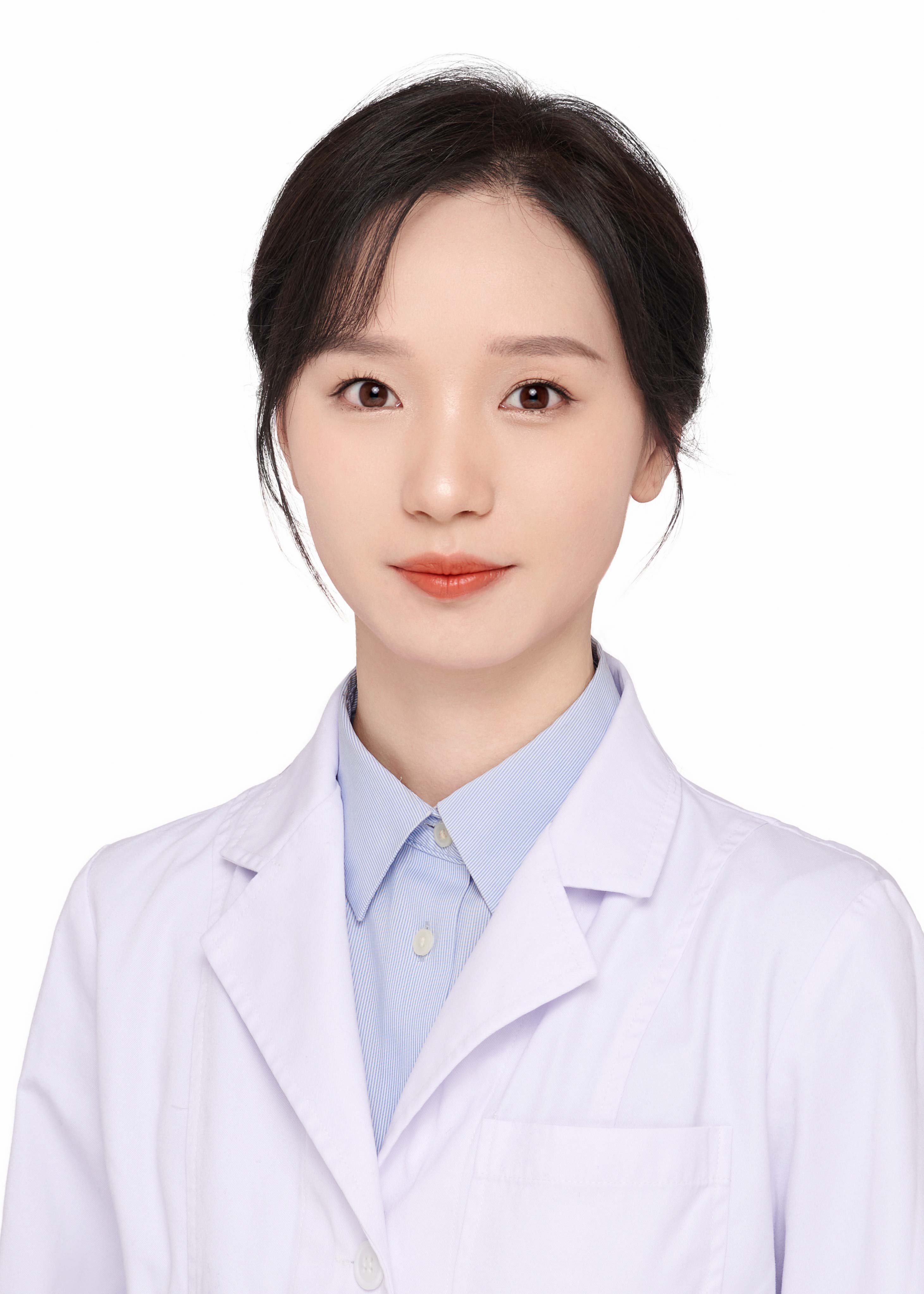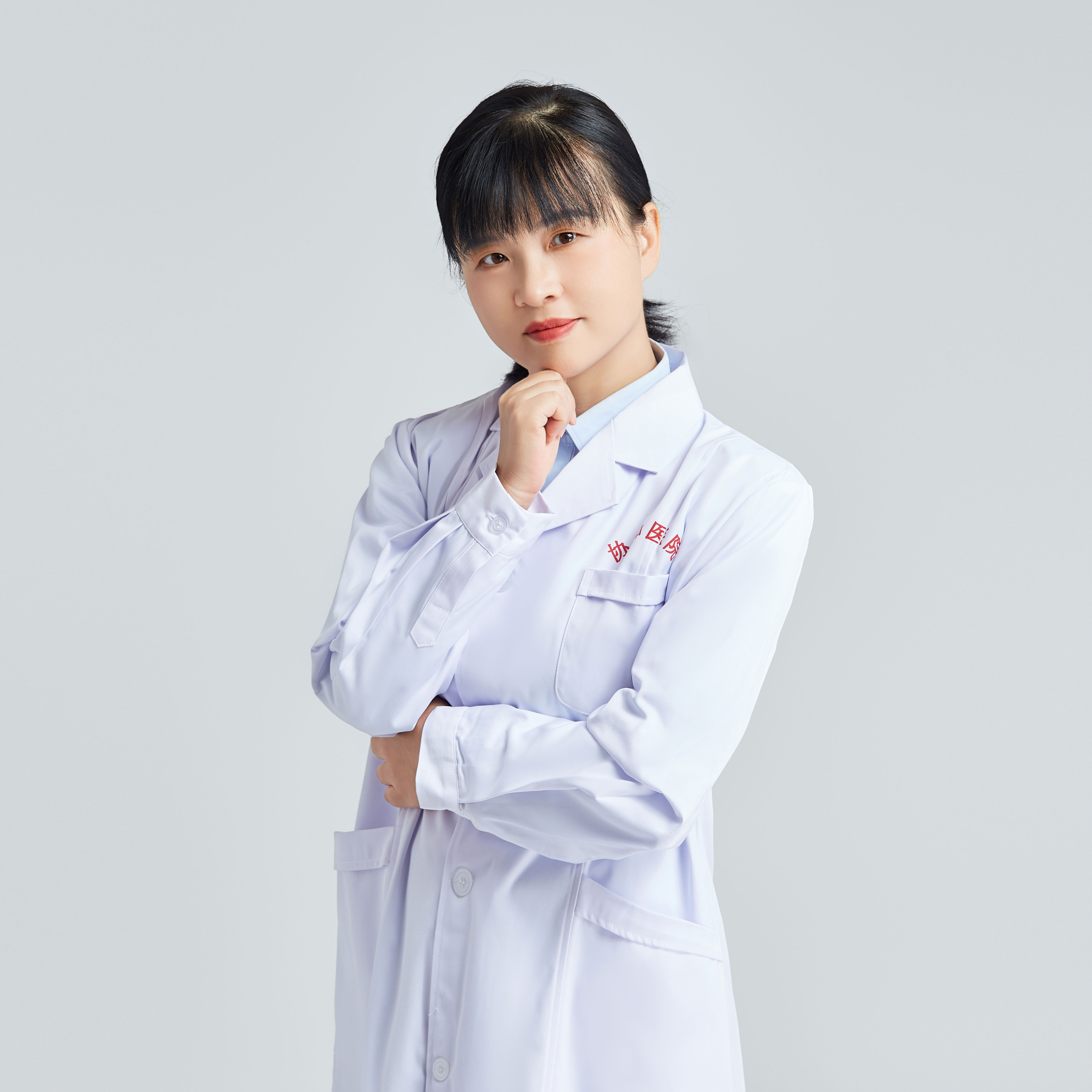How to remove facial spots
Generally, facial pigmentation may be caused by factors such as genetics, aging, ultraviolet (UV) radiation, seborrheic keratosis, or endocrine disorders. Treatments including general skincare, medications, chemical peels, laser therapy, and photorejuvenation can be performed under the guidance of a medical professional. Specific analyses are as follows:
1. Genetic Factors
Genetic factors play an important role in the development of facial spots. Certain genes may lead to abnormal pigment metabolism in the skin, increasing the risk of hyperpigmentation. In daily life, concealing cosmetics can be used to cover the spots. Alternatively, glycolic acid peels may be performed under the supervision of a dermatologist. This is a type of chemical exfoliation that involves applying high-concentration glycolic acid to promote shedding of the aged stratum corneum, accelerate skin cell turnover and metabolism, improve skin texture, and reduce the appearance of pigmentation. A typical glycolic acid peel costs between 1,000 and 3,000 yuan per session. Improvement is usually seen within 1 to 3 months, although side effects such as skin irritation or allergic reactions may occur.
2. Aging
As people age, skin metabolism slows down, which may impair pigment metabolism and lead to the formation of spots. Anti-aging products can be used regularly to replenish collagen and improve skin elasticity. Laser treatment under the guidance of a qualified physician is recommended. This method uses laser beams of specific wavelengths that penetrate the skin's surface and are absorbed by pigment particles, converting light energy into heat. This thermal energy breaks pigment particles into tiny fragments, which are then removed by the body’s macrophages through natural metabolic processes, effectively eliminating dark spots. The typical cost for laser treatment ranges from 2,500 to 6,000 yuan per session. Results are generally visible within 2 to 5 weeks, though mild pain, redness, swelling, or post-inflammatory pigmentation may occur.
3. UV Radiation
Exposure to ultraviolet (UV) radiation is a primary cause of skin pigmentation. Prolonged UV exposure stimulates melanin production in the skin, leading to sun-induced freckles or age spots. Sun protection measures such as sunscreen and sun-protective hats should be used in daily life. Photorejuvenation (intense pulsed light therapy) may be performed under professional medical supervision. This treatment uses broad-spectrum pulsed light to penetrate deep layers of the skin, stimulating regeneration and reorganization of collagen and elastic fibers. It improves skin texture and tone while reducing pigment deposition and discoloration. The typical cost for photorejuvenation ranges from 3,000 to 6,000 yuan per session. Improvements can often be seen within 1 to 3 weeks, although possible side effects include dryness, burns, infections, or allergic reactions.
4. Seborrheic Keratosis
Seborrheic keratosis may be associated with aging, sun exposure, and other factors. This condition typically causes brown or black spots on the face, possibly accompanied by oily skin and enlarged pores. Treatment may include topical medications such as tretinoin cream, adapalene gel, or tacrolimus ointment, as prescribed by a doctor.
5. Endocrine Disorders
Stress, lack of sleep, and irregular lifestyle habits may trigger endocrine imbalances. Hormonal disturbances can disrupt normal pigment metabolism in the skin, resulting in pigmentation, often accompanied by symptoms such as menstrual irregularities and mood swings. Patients should follow medical advice and use medications such as Wuji Baifeng Pills, progesterone capsules, or vitamin B6 tablets to regulate hormonal balance.
It is recommended to visit a reputable medical facility and undergo treatments under the supervision of a qualified physician to ensure both effectiveness and safety. Additionally, maintaining healthy lifestyle habits is essential—avoid prolonged UV exposure, keep the skin moisturized and protected from the sun, choose skincare products suitable for your skin type, and maintain hormonal balance to slow the development of pigmentation and improve overall skin health.







